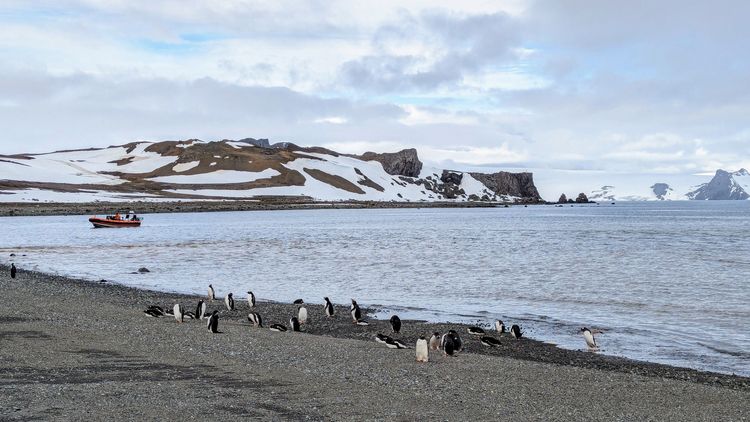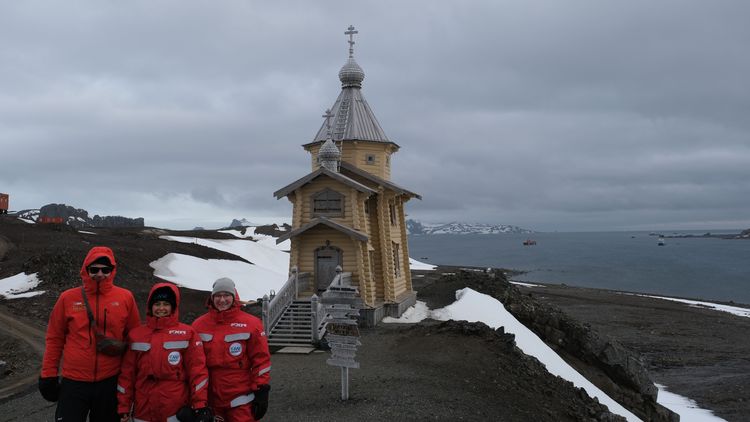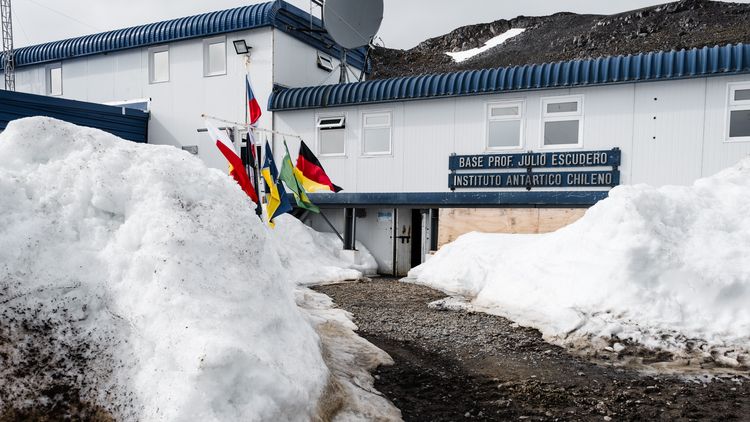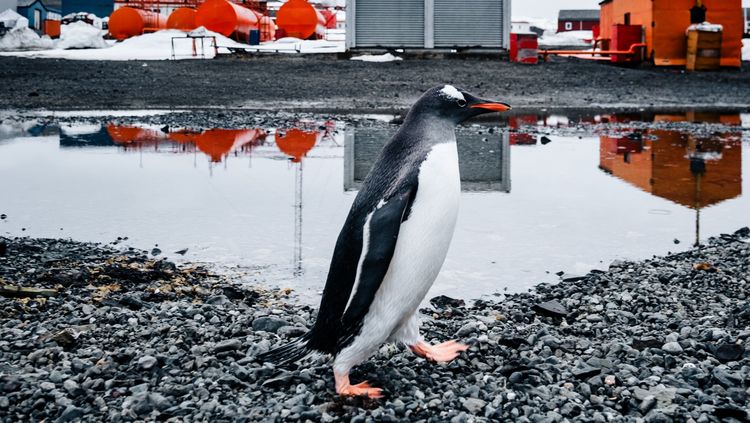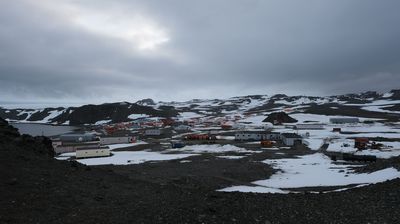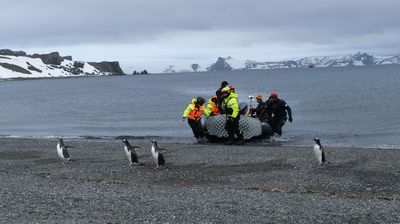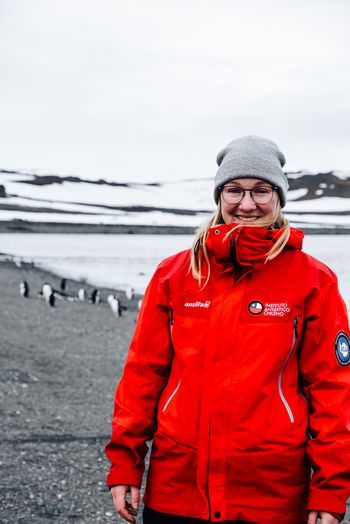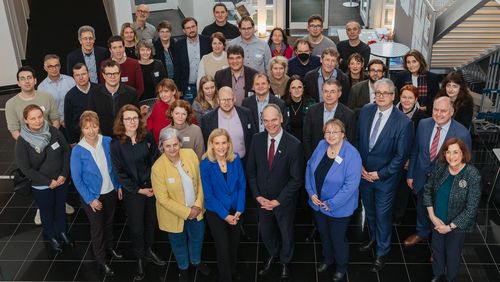What attracts you to conduct research in this remote region?
My colleagues and me, we are fascinated by the breathtaking scenery and the challenges posed by the harsh weather conditions. We are very passionate about our work. It is precisely because of the difficult conditions that polar regions are less explored than others, and we are very grateful to be here. We have a lot of responsibility in our small team and can organise a lot ourselves. We know how important a good team is and how well we work together. Our expertise, as well as our strengths and weaknesses, complement each other perfectly. This motivates us, even when we have to work long night shifts. We also enjoy the international networking, getting to know other cultures and seeing that climate research is also being done on the other side of the world and that the need for change is being recognised. What we are doing here is important to us.
What tips do you have for surviving in Antarctica?
A colleague from Chile keeps telling us to "relax and enjoy the ride" because he thinks we plan too much and worry too much. Another piece of advice that we often hear and know from previous fieldwork in the Arctic is: "Rest and eat when you can". Living and working here is difficult to plan. Sometimes there's a storm and we can't take samples for days. Sometimes we have to spontaneously go out into the field and spend the night in the lab. Every free minute should be used to recharge our batteries. A good team and open communication are also important because there are few opportunities to retreat and we are under a lot of stress.
Is there anything you are particularly looking forward to when you get back home?
Seeing our families and friends again, eating our favourite food and not having the constant FOMO (fear of missing out). Here you always feel you have to be doing something, creating something in the lab, enjoying the scenery, networking with people. There is very little time for real peace and quiet.
Speaking of peace and quiet, what will it be like at Christmas?
We don't know yet. If the weather is good, we'll go out on the boat and take samples. As our time is very limited, that would probably be the best present. We also hope there will be a moment when we can sit together and relax a bit.
We wish the team a good stay - thank you very much for the interview!
Interview: Constanze Böttcher

